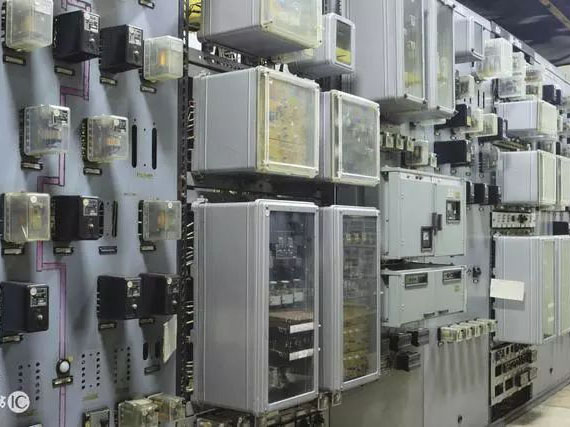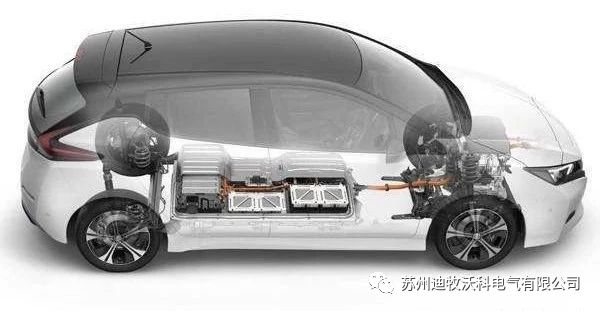
1. Battery system
The "heart" of an electric vehicle provides energy for all systems of the vehicle. The electric vehicle power battery PACK consists of the following parts: power battery module, structural system, electrical system, thermal management system, and battery management system (BMS).
The power battery is high voltage direct current, its working voltage is generally 100~400V, and the output current can reach 300A.
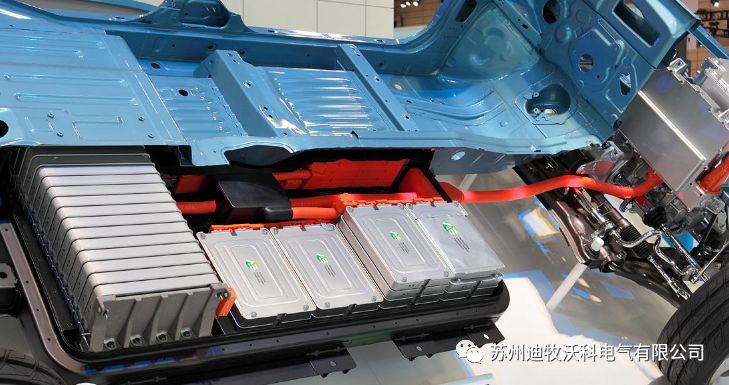
2. Powertrain
The powertrain of an electric vehicle is mainly composed of a drive motor and a motor controller (MCU).
Drive motor: According to the instructions of the motor controller, the electrical energy is converted into mechanical energy and output to the transmission system of the vehicle. At the same time, the mechanical energy (such as braking efficiency) generated during driving can also be converted into electrical energy, which is sent to the power battery through the on-board charger.
Motor controller MCU: converts high voltage direct current into alternating current, and interacts with the vehicle controller and other modules to achieve effective control of the drive motor.
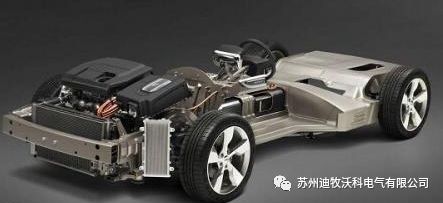
3. Electronic control system
The electronic control system includes: high voltage distribution box, maintenance switch, voltage converter, vehicle charger.
High-voltage power distribution box (PDU): A power distribution device for the high-voltage power of the vehicle, similar to the electrical fuse box in the low-voltage circuit system.
Maintenance switch: between the power battery and the PDU, when the power battery is repaired, it can be used to cut off the high-voltage power of the whole vehicle to ensure the safety of maintenance, and it is usually integrated on the PDU.
Voltage converter (DC/DC): Convert the high-voltage direct current of the power battery into the low-voltage direct current required by the electrical appliances of the whole vehicle, and supply the battery to maintain the balance of the power consumption of the whole vehicle.
On-Board Charger (OBC): A device that converts alternating current to direct current.
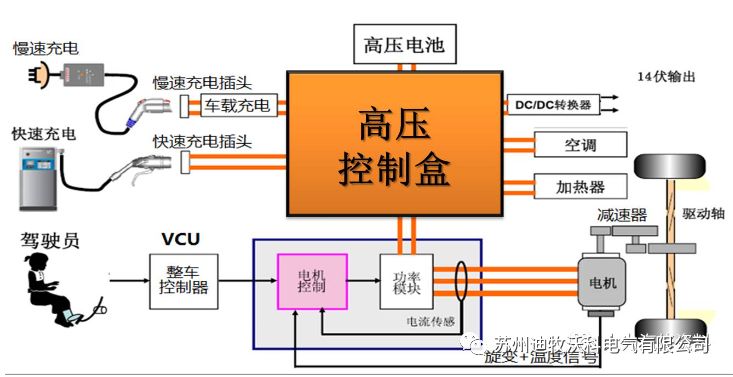
4. Charging system
The charging system is divided into: fast charging port and slow charging port.
Fast charging port: Input high-voltage DC power, and the power battery can be charged directly through the PDU.
Slow charging port: Input high-voltage AC power, which needs to be converted by OBC, and then charged to the power battery through PDU.
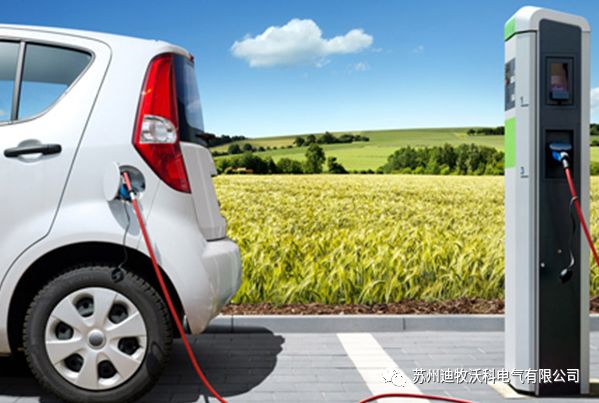
5. Electrical equipment
The electrical equipment on electric vehicles mainly includes power steering system, braking system, electric air conditioning and electric heating equipment (PTC).
Steering power system: It is composed of a variable frequency drive and a power steering oil pump, which assists the vehicle to turn the steering wheel and reduces the burden of driving the vehicle.
Braking system: It is composed of a variable frequency drive and an electric air compressor, which provides compressed air to the braking system and the suspension system to realize the braking function.
Electric air conditioner compressor and heater: In order to adjust the temperature of the interior space of the vehicle, heating and cooling air conditioners or air conditioners with PTC heating are installed on electric vehicles.
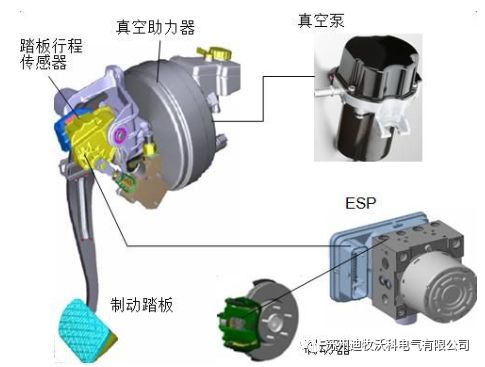
6. Harness system
Various components on the electrical system of an electric vehicle are connected by wiring harnesses, including high-voltage wiring harnesses and low-voltage wiring harnesses.
The high-voltage wiring harness is the medium of high-voltage power transmission. It can be regarded as the "large arteries" of the electrical system, which continuously transmits the power of the power battery system "heart" - the power battery to various required components.
The low-voltage wiring harness can be regarded as the "neural network" and "capillaries" of the electrical system. In addition to meeting the functions of the traditional fuel vehicle wiring harness, it is also responsible for the realization of the function of the high-voltage control unit module.
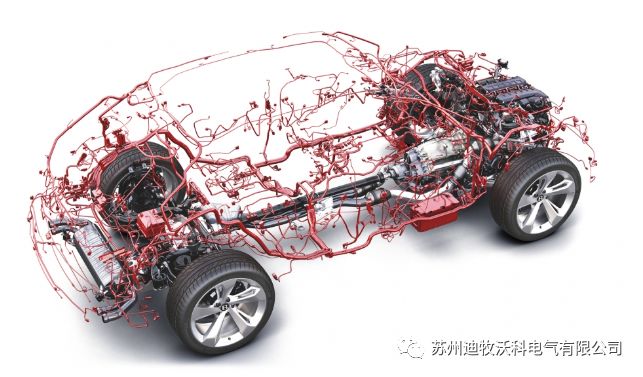
(The article is taken from the Internet. Although it has been modified to a certain extent, the copyright still belongs to the original author)














